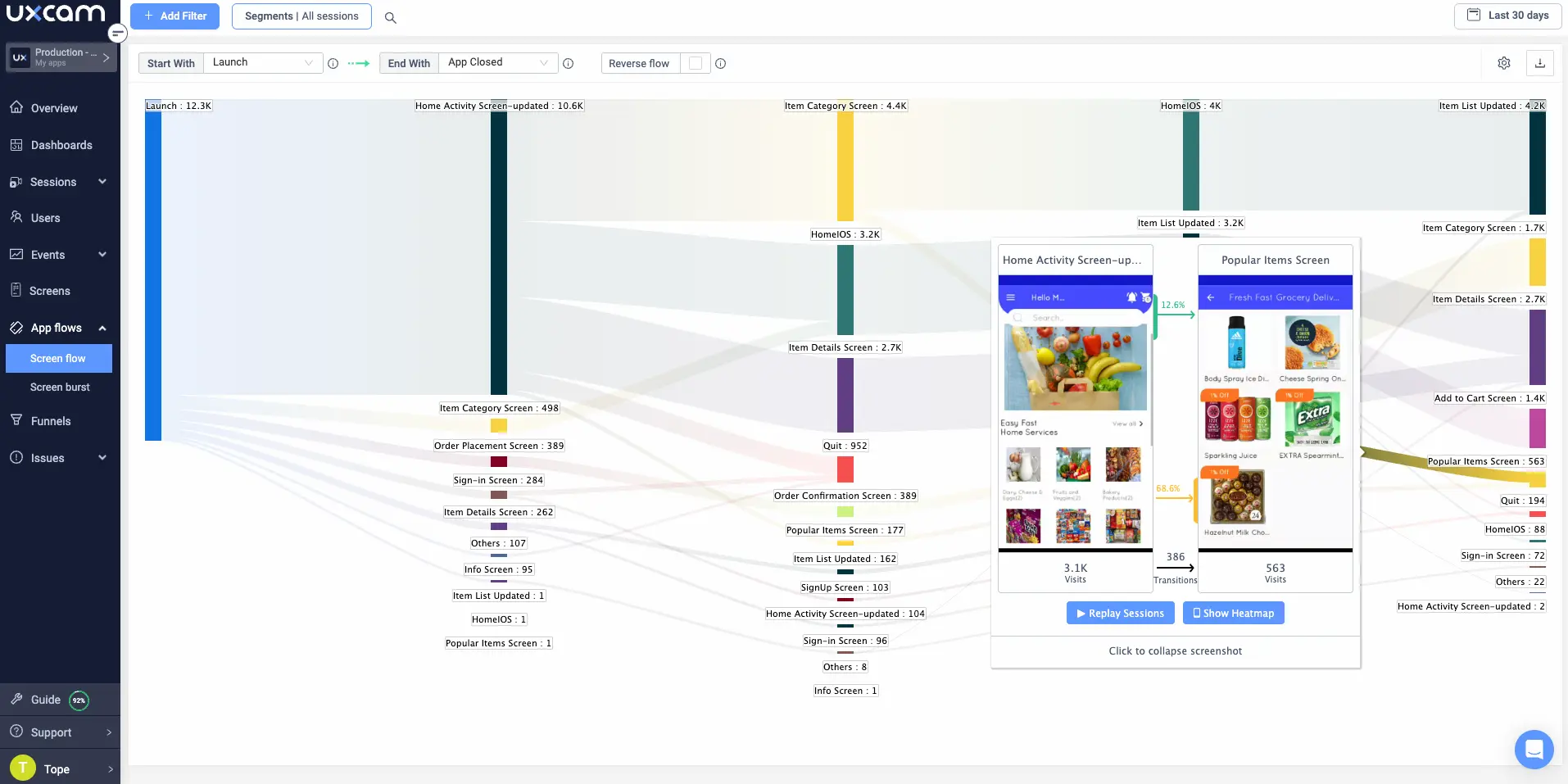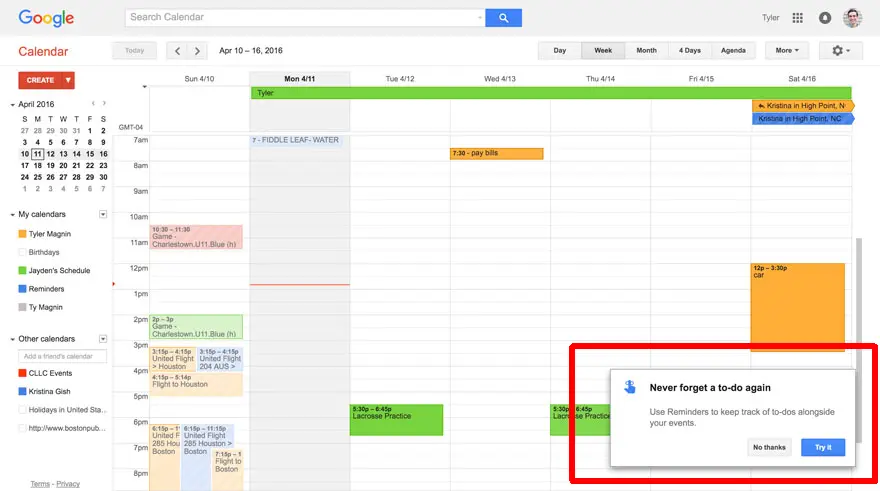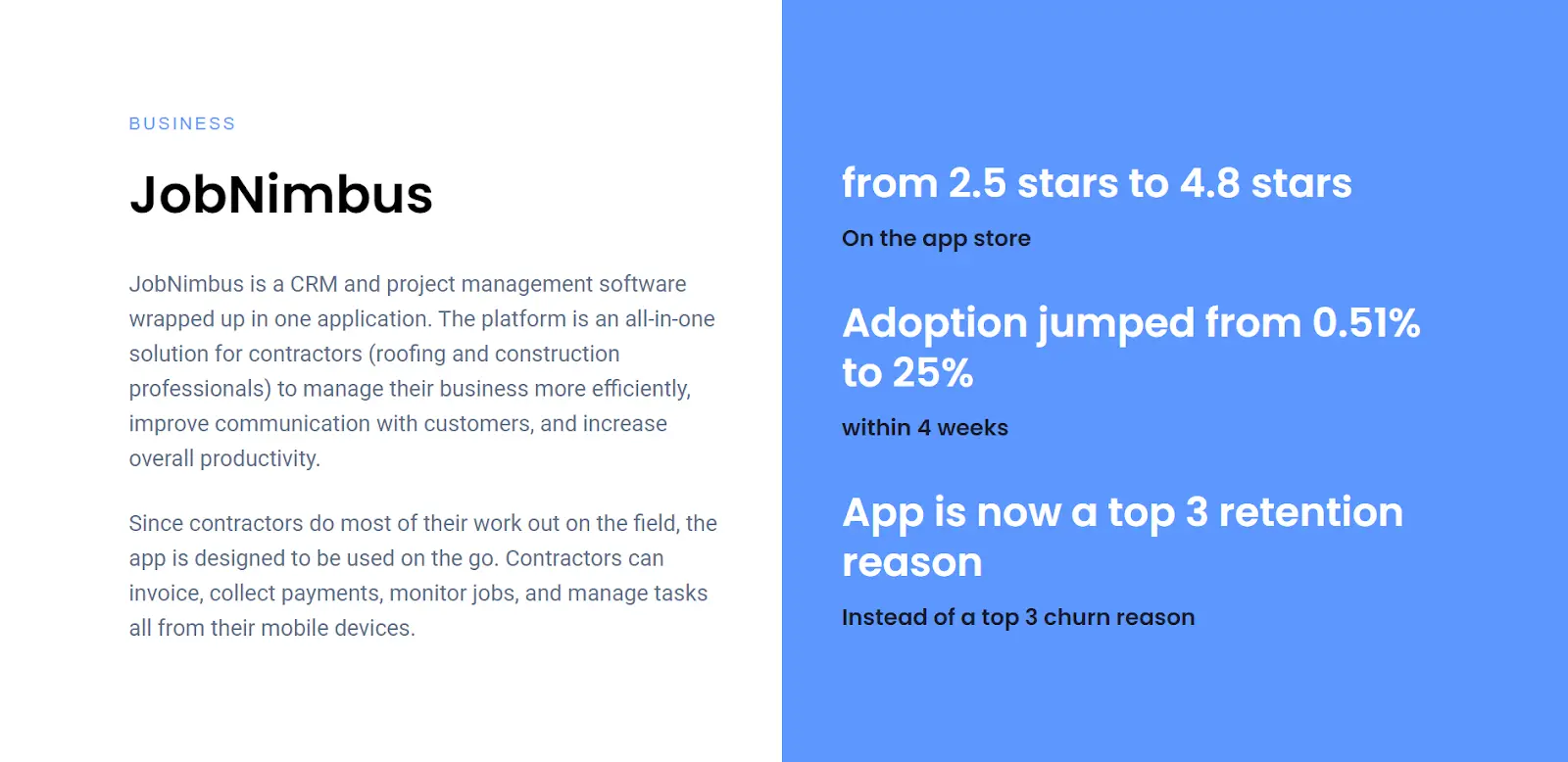Back to blog
6 MIN READ
Product Adoption Strategy - How to Increase Adoption Rates
PUBLISHED
2 November, 2023

Product Analytics Expert
Understanding how to increase product adoption is crucial for long-term successRecent stats reveal that only 40% of products survive their first year—and of that 40%, only 60% generate revenue. Boosting product adoption directly impacts market share, customer satisfaction, and revenue growth.
But how can you increase it?
This UXCam guide aims to provide a comprehensive overview of strategies and techniques to boost product adoption. We’ll cover battle-tested methods on how to increase product adoption and keep users coming back.
How to increase product adoption
Know your users
Create personalized experiences
Design an excellent onboarding process
Treat new features like new products
Find, Fix, Repeat
Let’s dive in.
Step 1 - Know your users
Knowing and understanding your users ensures you design products that meet their needs. This involves understanding user preferences, creating awareness about the product’s benefits, and building an emotional connection so that customers will become loyal users.
How to apply this product adoption strategy:
Conduct market research. Define your ideal customer profile (ICP) and user personas, so you know who you’re targeting with adoption initiatives.
Implement a solid user research process. Build discovery into everything you do by using an analytics tool like UXCam to track every in-app interaction automatically.
Segment users and isolate their needs. Create segments for key user groups and ICPs in your analytics tool, and figure out how and why they use your product. Look for major differences between segments—these signal distinct journeys that need to be treated differently.
Use product experience (PX). PX insight tools like heatmaps and session replays reveal which areas of your product users gravitate to and how they navigate.

There are tons of other ways to learn about your users—from sending out surveys to talking to them in person. The main takeaway is that user research should be an ongoing process, and the data you gather should be regularly reviewed alongside other metrics.
Step 2 - Create personalized experiences
Creating personalized experiences for your users can significantly improve product adoption. This involves tailoring the user experience based on individual user needs and preferences.
UXCam’s sessions feature can help you create personalized experiences for your app users by providing insights into individual user sessions, allowing you to understand each user’s unique journey within your app.


UXCam's sessions feature helps create personalized experiences by allowing you to analyze individual user behaviors and preferences through session recordings. It enables user segmentation, journey mapping, issue identification, and feedback gathering to tailor the app experience to each user's needs. This personalization enhances user engagement and drives product adoption.
Step 3 - Design an excellent onboarding process
An excellent onboarding process is crucial for driving product adoption. It helps new users understand how to use your product effectively and realize its value quickly.
Aside from a well-populated help center, you should invest in dedicated onboarding tools like Appcues or Userflow. These tools let you create and program a range of helpful, in-product models designed to educate users and guide them to value.
Options include:
Journeys: Let users self-select a “journey” that showcases only the features relevant to a use case.
Checklists: Gamify the onboarding process by allowing users to check off tasks as they progress.
Tooltips and popups: Use tooltips or modals to provide helpful information in context.
Personalized onboarding is important, too—especially if you’re trying to reach mid-market and enterprise customers. Consider integrating customer success teams into your onboarding process so that they can provide custom demos and guidance tailored to the user’s needs.
Another option is a “playbook”—a guided sequence of emails with helpful resources and videos, sent out on a predetermined schedule. Allowing users to move at their pace while still providing some structure will
Step 4 - Treat new features like new products
When you launch new features, treat them like mini product launches.
This involves raising awareness about the new features, educating users on how to use them, and continuously engaging with users to ensure they are deriving maximum benefit from the new features.
To maximize the adoption of a product, it is important to approach each new feature announcement as if it were a small-scale product launch. Besides helping existing users, celebrating new features keeps regular users engaged and shows that the product is evolving to meet their needs.

In 2016, Google applied this approach when introducing the Reminders feature in their Calendar app. Rather than assuming users would understand how and why to use the feature, they used a brief modal to explain its value and offered an optional feature walkthrough.
Step 5 - Find, Fix, Repeat
Finding and resolving issues in your product is a continuous process that can significantly improve product adoption. This involves tracking customer interactions with your product to identify friction points, conducting surveys to gather user feedback, and making necessary improvements based on the feedback.
To quickly identify issues as they come up, make sure your analytics tool is up to the task.
For example, UXCam has multiple features that can help you catch issues in real-time and act on them quickly. With funnels, you can identify drop-off points in your user flows and fix them.
User frustration monitoring helps you identify areas of poor user experience and make improvements.
By using a tool like UXCam to track and analyze customer interactions with your product, you can quickly find issues, fix them, and repeat that process until you’ve optimized your product for better adoption.
Product Adoption - A refresher
What is product adoption?
Product adoption (or user adoption in the context of apps) is the process of users accepting and using a product or service. It’s driven by creating an emotional connection with customers, meeting their needs, and providing value in a way that meets (or exceeds) their expectations.
The product adoption process begins when a user becomes aware of the product or service and continues until they become a committed user (and beyond).
Businesses can use a range of product adoption metrics and product adoption tools to measure, analyze, and optimize the user adoption process. For example, JobNimbus used UXCam’s comprehensive mobile analytics suite to redesign their mobile app with adoption in mind.

The product team used session replays, heatmaps, and user data to identify which parts of their app were confusing or unintuitive. With this data, they could prioritize and make changes that increase customer satisfaction and engagement.
As a result, JobNimbus saw a 25% increase in product adoption as well as customer retention.
The product adoption process
1. Awareness
A user becomes aware of your product. It might be through app store listings, reviews, recommendations, ads or other means.
2. Interest
The user starts to familiarize themselves with your product. They may look up a tutorial, look for user reviews and feedback, or read the documentation. At this stage, they’re looking for baseline info:
What does this product do?
Who is it for?
Can it solve X, Y, Z?
3. Evaluation
The user has enough information to start comparing your product to other products in the market. They may look at pricing, features, ease of use, and customer support options. At this stage, they are making an educated decision about whether to purchase.
4. Trial
The user is experiencing your product out for the very first time—maybe on a free trial, maybe through a live demo. They’re looking for a more in-depth understanding of how the product works and whether it’s right for them.
5. Adoption
This is the goal.
The user has decided (at least for now) that your product is the one they’re sticking with. This could change in the future, though—you need to maintain the relationship by addressing issues as they arrive, continually improving the product, and providing exceptional customer service.
Why is product adoption important?
Product adoption is important in-part because it’s the result of a number of other positive trends within your product. It’s also the cause of higher product engagement and higher user lifetime values—both important for revenue growth.
Conclusion
To achieve business success, product adoption is crucial. It helps retain customers, maximizes revenue, and enables data-driven decision-making. Understanding and excelling in increasing product adoption requires uncovering real user behavior and creating empathic products that align with their needs and preferences.
At UXCam, we help product teams drive adoption through robust, real-time analytics and actionable reports. See what effects your product decisions have in real-time and start optimizing for user adoption.
Sign up with UXCam for free today.
You might also be interesting in these;
Stages of the product adoption process - An indepth guide
Product adoption dashboard - How to track adoption metrics
Mobile app growth strategy - How to increase app user base
5 Best product adoption software tools to build stickier apps
AUTHOR

Tope Longe
Product Analytics Expert
Ardent technophile exploring the world of mobile app product management at UXCam.
What’s UXCam?
Related articles
App Analytics
Mobile App Tracking: Practical Guide & Best Tools [2026]
The best tracking tools for mobile...

Jonas Kurzweg
Product Analytics Expert
App Analytics
Top Analytics SDKs 2026
Pick the right analytics SDKs to improve your app's...

Jonas Kurzweg
Product Analytics Expert
Product best practices
8 Best UX Analytics Tools and Software We’ve Tested 2025
A good UX design is key when it comes to user satisfaction. Learn about five of the best UX analytics tools you can use to get valuable insights about user...

Jonas Kurzweg
Product Analytics Expert


